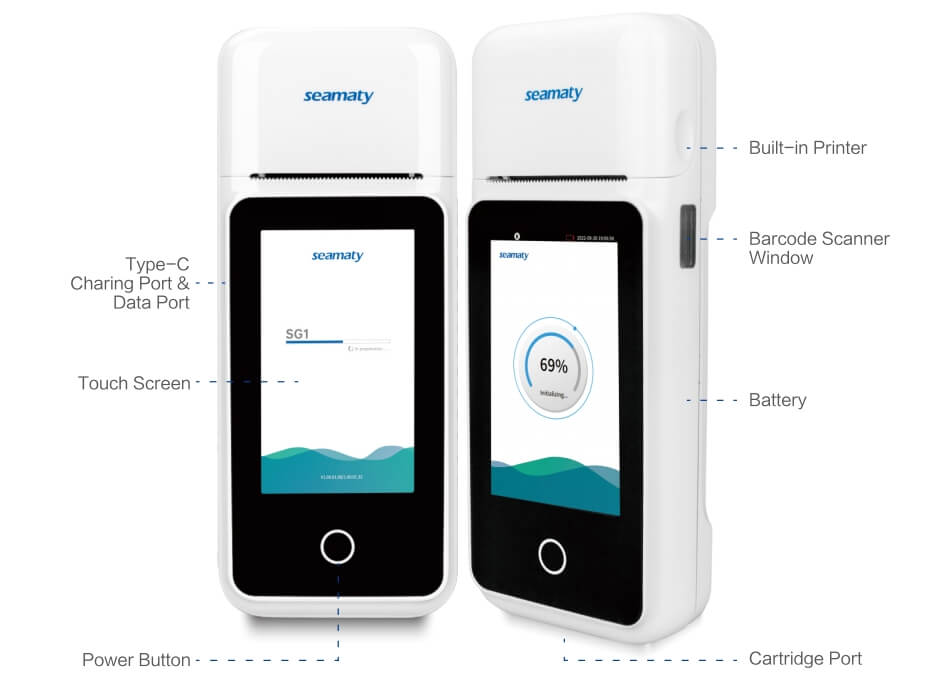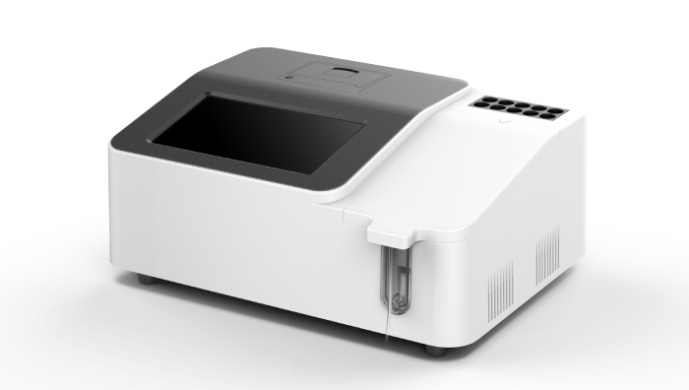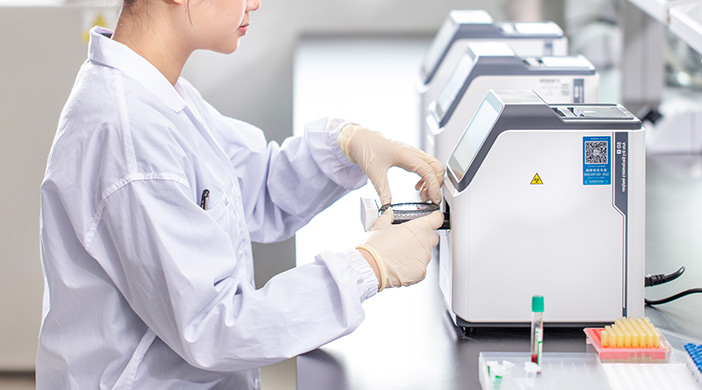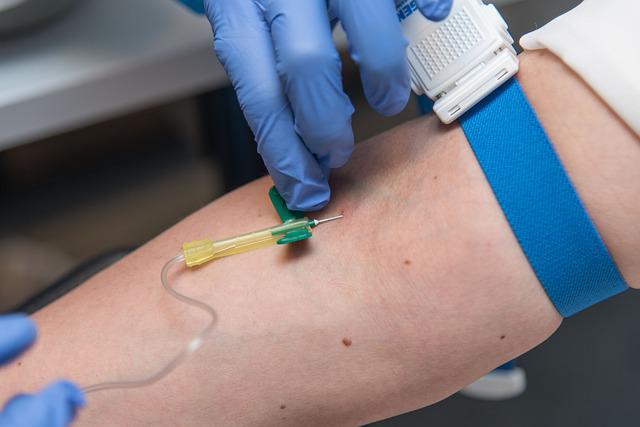release time:2024-04-19 13:56:13
The SG1 Blood Gas Electrolyte Analyzer emerges as a powerful tool for healthcare professionals, offering a portable and efficient solution for point-of-care testing. This article delves into the capabilities of the SG1, exploring the range of parameters it measures, its diverse applications, and the features that make it a valuable asset for modern patient care.

|
Blood gas project |
Electrolyte project |
Metabolic project |
Hematocrit |
Calculated parameters |
|
PH |
Ca++ |
Glu |
Hct |
tCO2* |
|
pCO2 |
K+ |
Lac |
- |
cHgb* |
|
pO2 |
Na+ |
- |
- |
cHCO3-* |
|
- |
Cl- |
- |
- |
BE(ecf)* |
|
- |
- |
- |
- |
BE(b)* |
|
- |
- |
- |
- |
cSO2* |
|
- |
- |
- |
- |
AG* |
SG1 offers a variety of test cartridges, with each cartridge capable of detecting up to 10 parameters to meet the needs of different clinical departments. The specific test cartridge types are:
|
Test Cartridges |
Test Items |
|
BG10 |
pH、pO2、pCO2、K+、Na+、Cl-、Ca2+、Hct、Glu、Lac |
|
BG8 |
pH、pO2、pCO2、K+、Na+、Cl-、Ca2+、Hct |
|
BG7 |
pH、pO2、pCO2、K+、Na+、Ca2+、Cl- |
|
BE4 |
K+、Na+、Cl-、Ca2+ |
|
BG3 |
pH、pO2、pCO2 |
The SG1 Blood Gas Electrolyte Analyzer stands out for its portability, user-friendly operation, and rapid analysis time. By measuring a comprehensive set of blood gas, electrolyte, metabolic, and hematocrit parameters, the SG1 empowers clinicians to make informed decisions quickly across various healthcare departments. From internal medicine and surgery to emergency care and critical care units, the SG1 offers a versatile solution for optimizing patient outcomes. With its long test card shelf life and cost-effective dry test cartridges, the SG1 presents a practical and reliable choice for modern healthcare professionals.
Related further reading:
1. Top 8 Blood Gas and Electrolyte Analyzers in 2024: Brands, Features, Prices
2. Decoding Blood Gas Analyzers(BGA): Selecting, Applications, and Top 6 Picks
3. Handheld Blood Gas Analyzers Comparison: Abbott i-STAT vs. Siemens EPOC vs. Seamaty SG1
4. From Novice to Pro: Mastering the Seamaty SG1 Blood Gas Analyzer
5. Guide to Top 10 Blood Gas Analyzers: Brands, Models, and How to Choose

2022-09-22
Since the COVID-19 pandemic, research institutes have found that many hospitals have started using hematology analyzers to test and monitor COVID-19 patients. In response to the large population for effective COVID-19 screening, some regions are performing laboratory tests including white blood cells (WBC) and C-reactive protein (CRP) for early monitoring of the infection.

2022-05-23
More than ever, the medical equipments industry is focusing on usability. And people tend to think that "fewer steps" always equates to "easier to use" and "better user experience". However, this is not always the case, and in some cases can even cause more harm than good.

2022-03-16
The blood taken for biochemistry cannot be used for routine blood tests, coagulation, tumour indicators, hepatitis B or HIV. For these items, a separate blood draw is required